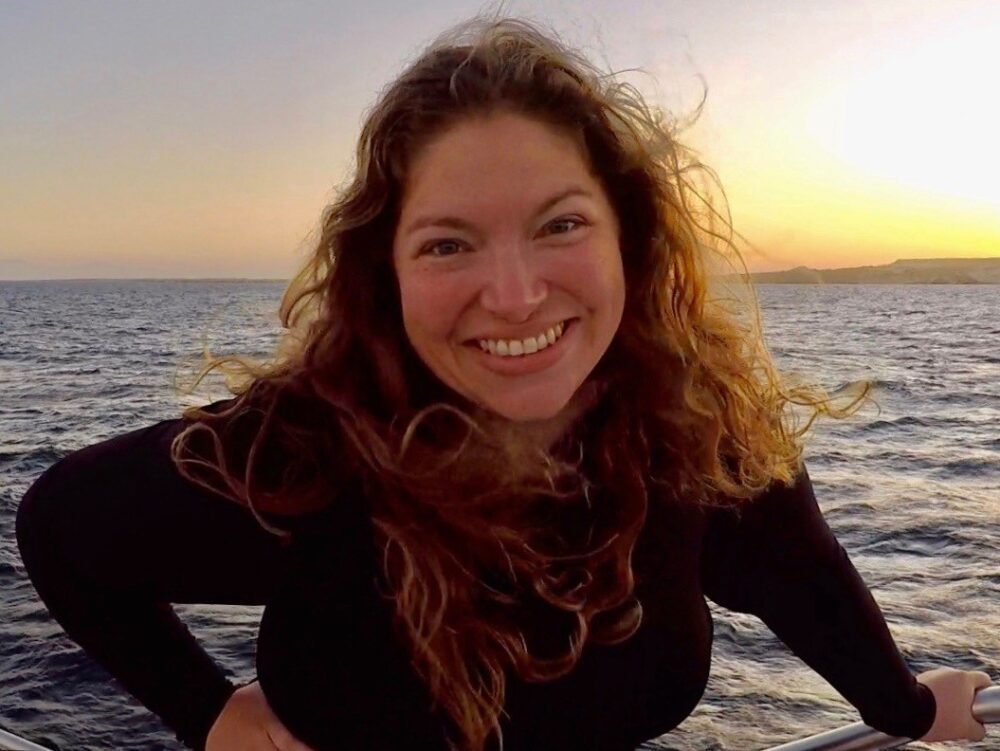Ahhhh, remember the ‘80s? I remember sitting by my giant stereo, in my neon pink windbreaker with velvet scrunchies in my hair, waiting for my favorite songs to come on the radio so I could record them on tape at the exact right time. I had to make a mix tape for my Walkman, after all. I remember the “RRRRIIIIIIPPPPP” of the Trapper Keeper as I opened it and trying to keep Mario alive in Super Mario Bros. while sea turtles were slaughtered on a commercial scale in Mexico.
“Wait, Andrea, what?! Sea turtles slaughtered??”
Yep, you heard me correctly- sea turtles were slaughtered for their skins in international markets on Mexican beaches as part of a thriving industry that employed hundreds of people. Their eggs were also gathered by the millions and sold. Protests and political pressure applied by environmentalists in 1990 ended the practice after numbers of nesting Olive Ridley sea turtles fell from around 10 million in 1950 to just 40,000 in the late ‘80s.
Meanwhile, wildlife activist Todd Steiner was studying sea turtles in Nicaragua in 1987. When he noticed that tags from Nicaraguan turtles were returned to him from Mexican fishermen, he formed an all-volunteer organization under the non-profit Earth Island Institute called the Sea Turtle Restoration Project two years later (spoiler alert: that organization would expand massively and become Turtle Island Restoration Network). Steiner and his volunteers launched an all-out war against the legal slaughter of sea turtles in Mexico and convinced the government to join the growing list of countries to sign the Convention on International Trade in Endangered Species of Wild Fauna and Flora (CITES) to protect endangered species.
Thanks to his and his team’s persistence, the population of Olive Ridley sea turtles has rebounded to around 4 million nesting females in 2017. But why care about sea turtles? Why invest all those resources into protecting them?
Sea turtles are important for land and marine ecosystems. Sand is generally nutrient poor, and the flora that grows on sand dunes is important to help stabilize the sediment and prevent sand dune erosion. Sand dunes protect land and structures from hurricane surges and flooding, among other benefits. The plants are fed by nutrients from nests that didn’t make it. According to Florida Fish and Wildlife Commission (FWC), between 40,000 and 84,000 nests are laid on the Florida coast annually. Each nest contains between 80 to 120 eggs. Conservatively, that means 3.2 million sea turtle eggs in Florida, and not all of them will hatch, providing critical nutrients to that habitat.
Underwater, sea turtles are among the few species that mows seagrass beds. The length of the seagrass blades needs to be kept in check, just like our lawns, to grow better across the ground. Seagrass provides critical nursery and growth habitats for snapper and shrimp (the kind people like to eat). Lots of marine animals eat the small invertebrates found in seagrass beds. That grass also absorbs and stores a lot of carbon, much faster than trees!
So basically, turtles = more sand dune stabilization that protects land, more seagrass so that we have more fish and shrimp to eat and help with keeping carbon levels in check. They’re good for the planet, and we love the planet.
You love the planet too, so protect what you love today by helping Turtle Island Restoration Network keep on successfully protecting sea turtles and other endangered animals. You can do that really easily by ordering products from our website between June 14th and June 18th.
EcoConsciously,
Andrea Stromeyer
Outdoor, Travel, and Non-Profit Account Executive
From Stream2Sea – Protect what you love

Andrea has been an avid outdoorswoman since she was a small child camping and hiking with her family. She’s always been particularly drawn to water, and got certified to scuba dive when she was 16. Andrea attended Texas A&M University where she obtained her degree in Marine Biology and found her passion in marine science education.